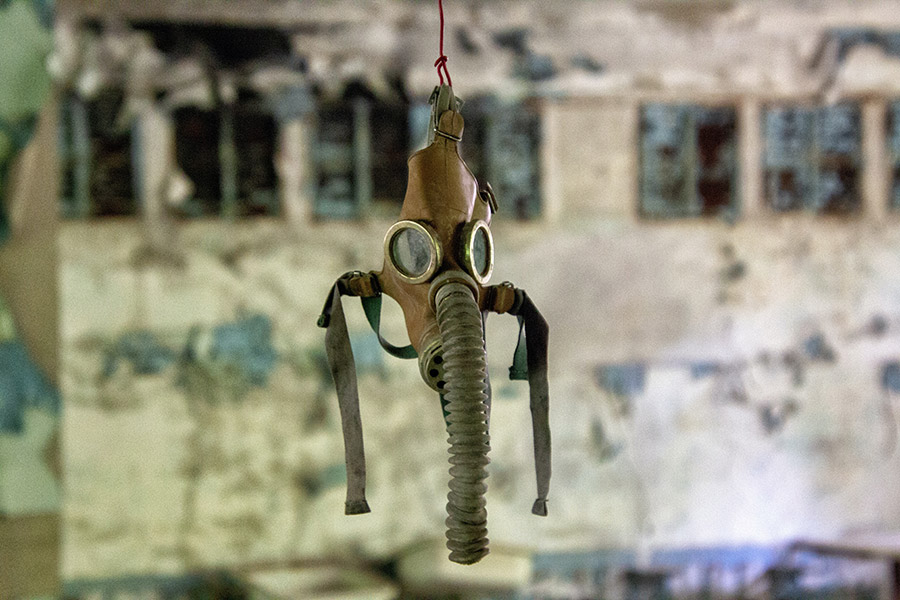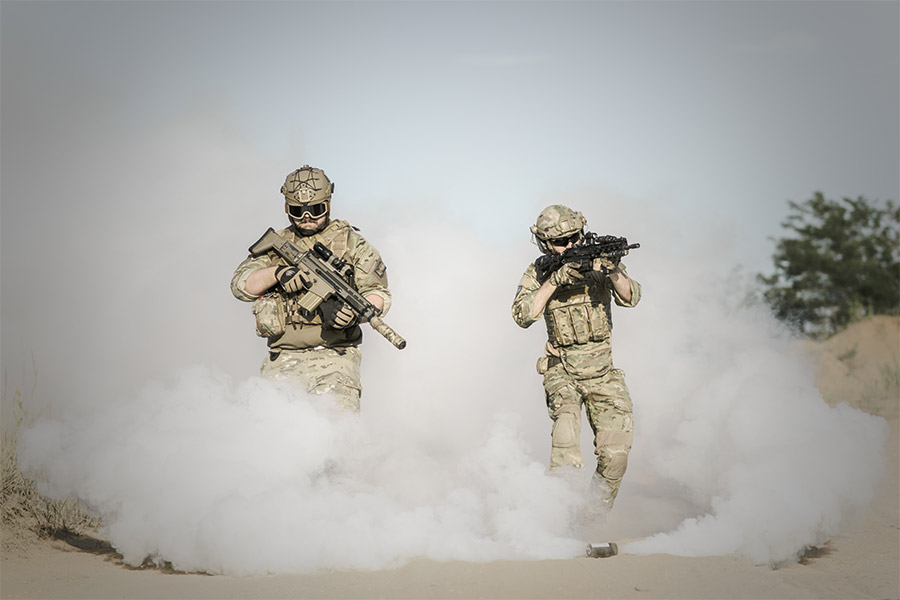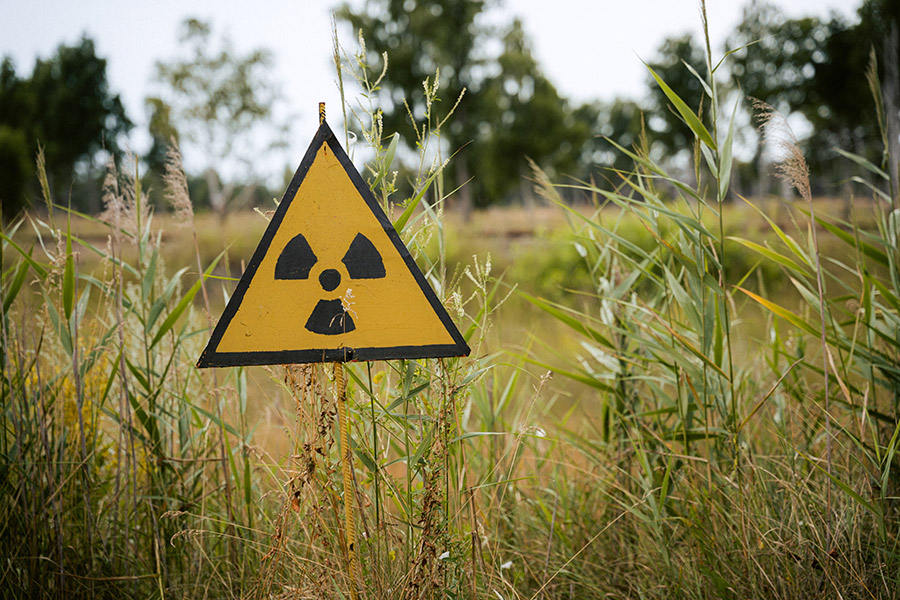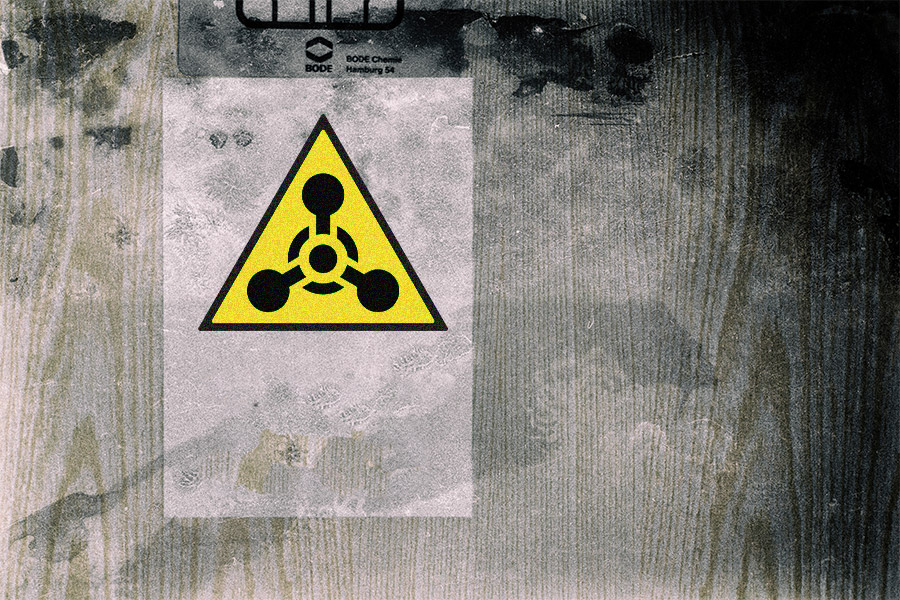Chemical weapon is effective and extremely cruel munition. It is closer to us than it may seem, since some of its old stockpiles rest at the bottom of the Baltic Sea. Despite numerous bans on its use, not everyone in the 21st century has abandoned the idea of incorporating it into military tactics. Learn about known cases of chemical weapon uses and their tragic consequences.
Chemical weapon – What is it?
Chemical weapon is a weapon of mass destruction that base its action on the biochemical effects of toxic agents.
These include: -blood agents used in extermination camps (e.g., hydrogen cyanide contained in Zyklon B), blister agents – causing skin burns (e.g., mustard gas), – choking agents, which irritate the upper respiratory tract (e.g., chlorine), – nerve agents, which paralyze the nervous system (e.g., tabun, sarin), – hallucinogens or sleep-inducing agents, which make combat impossible (e.g., LSD, BZ).
How does chemical weapon work? It depends on its type. It causes coughing, vomiting, burns, convulsions. The most dangerous ones affect the human nervous system, causing, for example, muscle flaccidity (including the lung muscles, which are responsible for breathing). The result is death, hospitalization, or temporary incapacity.
Closely related to chemical weapons are also combat aids. The difference is that they do not act directly on the human body and do not cause death. These include, for example pepper spray or napalm, which starts fires.
World War I – Large-sacle chemical weapon

War gas was first used on a larger scale by the Germans during World War I. The initial use of war gas was not very successful – in one of the actions the attacked Englishmen did not even notice the war gas grenades used by the Germans.
It was not until chlorine as a weapon component was proposed by Professor Fritz Haber that the intended effect was achieved. Its use in 1915 marked the beginning of the chemical weapons era. Approximately 350 Allied soldiers died as a result of the gas. They were attacked from several thousand metal cylinders with 150 tons of poisonous gas. In addition to the damage to their health, the gas caused panic among the soldiers, which led to chaos in battle array and the achievement of an easier victory.
The success of the Second Reich in early 1915 encouraged further research and development of this type of weapon. It was used more and more willingly, but the attack made on the night of July 6-7, 1915, proved tragic for the attackers themselves. Behind the gas cloud aimed at the Russians the storming infantry was moving. As a result of the wind, the gas suddenly changed direction, and the attack killed about 1,200 German soldiers poisoned by gas from their own army.
Eventually, the Versailles Treaty of 1919 prohibited further work on the use of chemical weapons.
Sunken chemical weapons in the Baltic Sea
About 25,000 tons of chemical agents are sunk in the Baltic Sea. It is believed to be a ticking bomb that could lead to climate catastrophe and death of living organisms. This vision is disturbing.
Where did the chemical weapons dumped in the Baltic Sea actually come from? After the end of World War II, numerous countries were left with huge stockpiles of these unconventional weapons dating back to the First World War. Instead of dangerously incinerating them, it was decided to commissionally dump them in the Baltic, North, Tyrrhenian and East Atlantic Seas.
Despite the passage of years, in 2022 we still do not fully know what is hidden in the sea. This situation raises even more questions: we do not know the exact number, location and type of hidden weapons, nor the risks they pose. It is possible to obtain this knowledge, but it would be a very expensive undertaking-an estimated 515.7 billion!
Use of chemical weapons in Syria

The fate of chemical weapon in Syria is a matter of concern for international intelligence agencies, despite the fact that Syria signed the Geneva Protocol in 1968, which prohibits their use.
In June 2012, after a conversation between Putin and Obama at the G20 summit in Mexico, the matter came to light. At the time, the heads of state discussed the need to secure such weapons against the Syrian regime.
Attempts to prepare and use it by the regime state were constantly observed. Syria, however, assured that the military had no plans to use chemical weapons on civilians. In mid-July of the same year, U.S. intelligence observed that the Syrian authorities were transporting massive stockpiles of cyanide, mustard gas, and sarin to the far reaches of the country. It was then that the possibility of intervention in Syria was discussed at the UN Security Council. However, no decision was made.
Unfortunately, the observation of the Syrian military was not successful. On December 23, 2012, it used chemical weapons. It was then that planes dropped bombs with toxic substances that led to the death of three people.
However, the strongest chemical weapons attack in Syria took place on August 21, 2013. The rocket warheads concealed toxic sarin gas targeting opposition-controlled areas. The agent used causes muscle relaxation, resulting in the victim slowly suffocating.
Officials say 502 people, including children, were killed in the December attacks.
Is white phosphorus a chemical weapon?

White phosphorus has again become infamous for Russian attacks on Ukraine. White phosphorus is theoretically not classified as a chemical weapon, but as a combat aid. Legally, it can only be used in certain situations, as a signaling agent.
However, the truth is different, and white phosphorus is a deadly agent. It is an extremely vicious incendiary weapon that works on a principle similar to napalm. However, in contact with oxygen it spontaneously ignites and burns at temperatures of over 1,000 ‘C. It cannot be extinguished with water. After contact with white phosphorus, a person has no solution other than cutting off the part of the body occupied by the substance.
Spontaneous combustion of phosphorus produces corrosive tetraphosphorus decaoxide. Once it enters the body, it can dissolve internal organs. This causes death in slow agony.











Leave a Reply